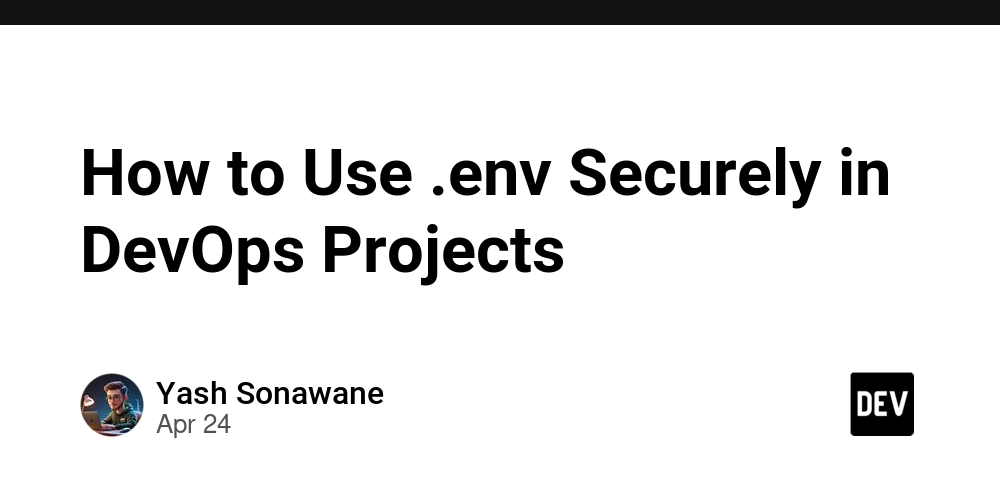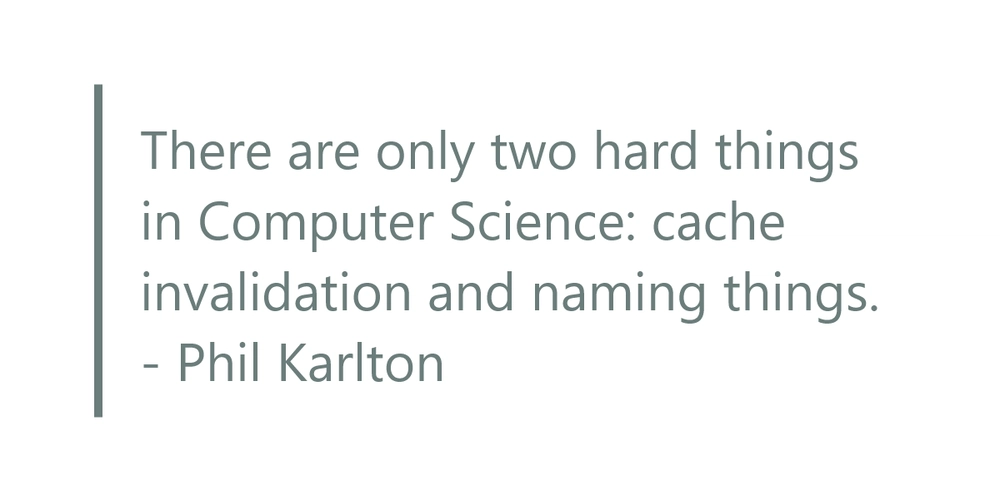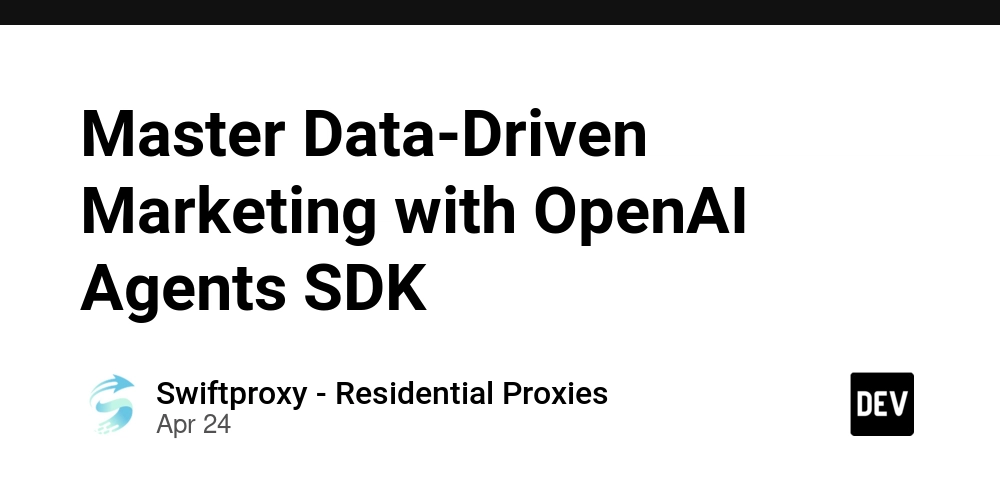
Solve Engineering Problems: 10 DevOps Fixes for Everyday Headaches
Tired of the constant firefighting? Discover how DevOps principles and practices can extinguish common engineering problems, transforming your team's workflow and boosting stability. This guide provides actionable solutions and tool recommendations to implement DevOps strategies effectively.
DevOps to the Rescue: From Chaos to Calm
DevOps is more than just a buzzword; it's a culture shift that bridges the gap between development and operations. By embracing automation, collaboration, and the right tools, DevOps streamlines workflows, minimizes errors, and ensures smoother deployments. Let's dive into how DevOps tackles those everyday engineering nightmares.
1. "It Works on My Machine" No More!
The Pain: Code runs flawlessly on your local machine, but explodes in staging or production due to environment discrepancies.
The DevOps Cure: Containerization using Docker packages your application and all its dependencies into a single, portable unit. Kubernetes orchestrates these containers, ensuring consistent environments across the entire pipeline.
- Benefit from consistent environments.
- Reduce environment-related bugs.
- Scale applications with ease using Kubernetes.
Stack: Docker, Docker Compose, Kubernetes
2. Conquer Merge Conflicts & Broken Builds with DevOps
The Pain: Unstable main branches, frequent merge conflicts, and broken builds halt development and frustrate the entire team.
The DevOps Cure: Implement Continuous Integration (CI) pipelines that automatically run tests, linters, and formatters before code merges. Adopt branching strategies like GitFlow to manage code changes effectively.
- Prevent broken builds from reaching
main. - Improve code quality through automated checks.
- Streamline the merging process.
Stack: GitHub Actions, ESLint, Prettier, Jest
3. Ditch the All-Night Releases
The Pain: Manual, error-prone releases that take hours, involve multiple team members, and often lead to unexpected issues.
The DevOps Cure: Automate the entire release process with CI/CD pipelines. This allows for continuous integration and continuous delivery. By defining your deployment logic once, you can trigger automated releases with confidence.
- Reduce release time and effort dramatically.
- Minimize human error during deployments.
- Enable more frequent releases.
Stack: GitLab CI, Jenkins, ArgoCD
4. Unmask the "Who Changed This?" Mystery
The Pain: Critical configuration changes occur, causing system failures, but no one knows who made the changes or when.
The DevOps Cure: Infrastructure as Code (IaC) tools like Terraform or Pulumi version-control your infrastructure configuration. This provides a complete audit trail, allowing you to track changes, identify the responsible party, and quickly roll back to previous states.
- Gain full visibility into infrastructure changes.
- Improve auditing and compliance.
- Enable quick and easy rollbacks.
Stack: Terraform, Pulumi, Git
5. Escape Outages from Manual Server Tweaks
The Pain: Ad-hoc server modifications directly in production environments lead to instability and unexpected outages.
The DevOps Cure: Embrace immutable infrastructure, where servers are replaced, not modified. Combine this with automated configuration validation to prevent configuration errors.
- Eliminate configuration drift.
- Reduce the risk of human error.
- Improve overall system stability.
Stack: Terraform, Packer, AWS CloudFormation
6. End Environment Drift Once and For All
The Pain: Inconsistencies between development, staging, and production environments cause bugs to surface only in production, leading to frustrating debugging sessions.
The DevOps Cure: Ensure consistent environments by using the same code and configuration across all stages of the pipeline. Tools like Ansible, Docker, and IaC help maintain synchronization.
- Guarantee consistent behavior across environments.
- Increase confidence in testing.
- Reduce production-specific bugs.
Stack: Ansible, Docker, Terraform
7. Squash Last-Minute "It's Broken in Prod!" Bugs
The Pain: Edge cases slip through testing and manifest as critical bugs in production, impacting users directly.
The DevOps Cure: Implement progressive delivery strategies like canary deployments or blue-green deployments. These techniques allow you to roll out changes to a small subset of users or switch between live environments seamlessly.
- Detect production bugs early, before widespread impact.
- Reduce the risk associated with new releases.
- Implement safer deployment practices.
Stack: Kubernetes, Argo Rollouts, Istio
8. Security as an Inherent Practice (DevSecOps)
The Pain: Security considerations are often an afterthought, leading to vulnerabilities in production.
The DevOps Cure: Embrace DevSecOps by integrating security practices into every stage of the development lifecycle. Use automated scanners like Trivy or Snyk in CI pipelines to identify vulnerabilities early.
- Identify and address security vulnerabilities proactively.
- Reduce the risk of security breaches.
- Improve overall application security posture.
Stack: Trivy, Snyk, SonarQube, GitLeaks
9. No More Deploying on Fridays (and Regretting It)
The Pain: Deploying code late on a Friday often results in weekend-long support emergencies.
The DevOps Cure: Use feature flags to deploy code without immediately enabling it for users. Implement blue-green deployments or rolling updates for safer releases, regardless of the day.
- Decouple deployment from release.
- Reduce the stress associated with deployments.
- Safely deploy code at any time.
Stack: LaunchDarkly, Unleash, ArgoCD
10. Shine a Light on Production Blind Spots
The Pain: Lack of visibility into production environments makes it difficult to diagnose performance issues and resolve user-reported problems.
The DevOps Cure: Implement robust observability through metrics (Prometheus), logs (ELK stack), and tracing (Jaeger). Set up alerts to proactively detect and address issues before they impact users.
- Gain real-time insights into application performance.
- Improve troubleshooting and debugging capabilities.
- Resolve issues proactively.
Stack: Prometheus, Grafana, Loki, ELK, Jaeger
TL;DR: DevOps Fixes - The Quick Rundown
| Problem | DevOps Solution |
|---|---|
| "It Works on My Machine" | Containerization (Docker) and Orchestration (Kubernetes) |
| Merge Conflicts & Broken Main | CI Pipelines, Branching Strategies, Linters |
| Slow, Painful Releases | CI/CD Pipelines, Automated Deployments |
| "Who Changed This?" Mystery | Infrastructure as Code (Terraform, Pulumi) |
| Outages from Manual Changes | Immutable Infrastructure, Automated Configuration Validation |
| Environment Drift | Consistent Environments Across Stages (Ansible, Docker, IaC) |
| Last-Minute "It's Broken in Prod!" Bugs | Canary Deployments, Blue-Green Deployments |
| Security as an Afterthought | DevSecOps, Security Scanners in CI Pipelines |
| Deploying on Fridays (and Regretting It) | Feature Flags, Blue-Green Deployments, Rolling Updates |
| Zero Visibility into Production | Observability (Metrics, Logs, Tracing), Alerting |
DevOps: Engineering Done Right
DevOps isn't about complex tooling or overnight transformations. It's about solving real engineering problems through smart automation, better collaboration, and improved processes. By implementing these DevOps best practices, you can transform your team's workflow, reduce firefighting, and focus on building innovative products.






















